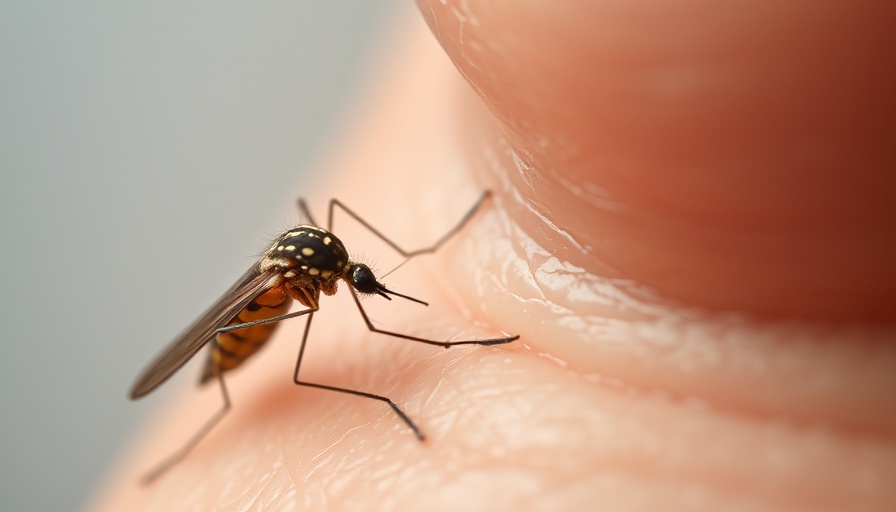
The Promise of Spinal Stimulation
A groundbreaking development in muscle disease treatment has emerged with the introduction of a spinal zap implant designed to aid those suffering from spinal muscular atrophy (SMA). This genetic disorder progressively weakens muscles, severely impacting mobility and overall quality of life. The recent pilot study conducted by researchers from the University of Pittsburgh has shown remarkable results in a small group of participants, suggesting that spinal cord stimulation could be a transformative therapeutic option for individuals grappling with such challenges.
How Does the Implant Work?
The innovative implant operates by delivering low-level electrical pulses to the lower spinal cord, reinvigorating weakened muscles. Even though the device didn't restore normal movement, participants noted significant improvements in strength and mobility after just a few hours of weekly stimulation. For example, one participant went from being unable to stand from a kneeling position to achieving that task with ease, demonstrating the profound impact of the technology.
Real-life Improvements
Participant Doug McCullough expressed his enthusiasm, stating that for individuals with progressive diseases, any degree of improvement feels surreal. His experience highlights an essential human aspect—the sheer joy of regaining movement and independence. The encouraging results indicate that such innovations could empower many more patients to live more fulfilling lives, as they navigate the challenges associated with muscle-wasting ailments.
Looking Ahead: Future Implications
While this study is a promising starting point, it also raises questions about the future of spinal cord stimulation technology. As researchers continue to investigate more extensive studies, there’s hope that similar approaches could be adapted for other muscular disorders. This could lead to a broader understanding of how spinal stimulation interacts with the complex human nervous system, paving the way for novel interventions that enhance mobility and function for many patients.
Need for Continued Research
Although the short-term benefits of the implanted device are apparent, longer-term effects and the necessity for ongoing treatment require further analysis. Neuroscientist Susan Harkema emphasizes the intricacy of spinal circuitry—a reminder of how much there is still to learn about our bodies and the innovative solutions that may emerge in the coming years.
 Add Row
Add Row  Add
Add 




Write A Comment